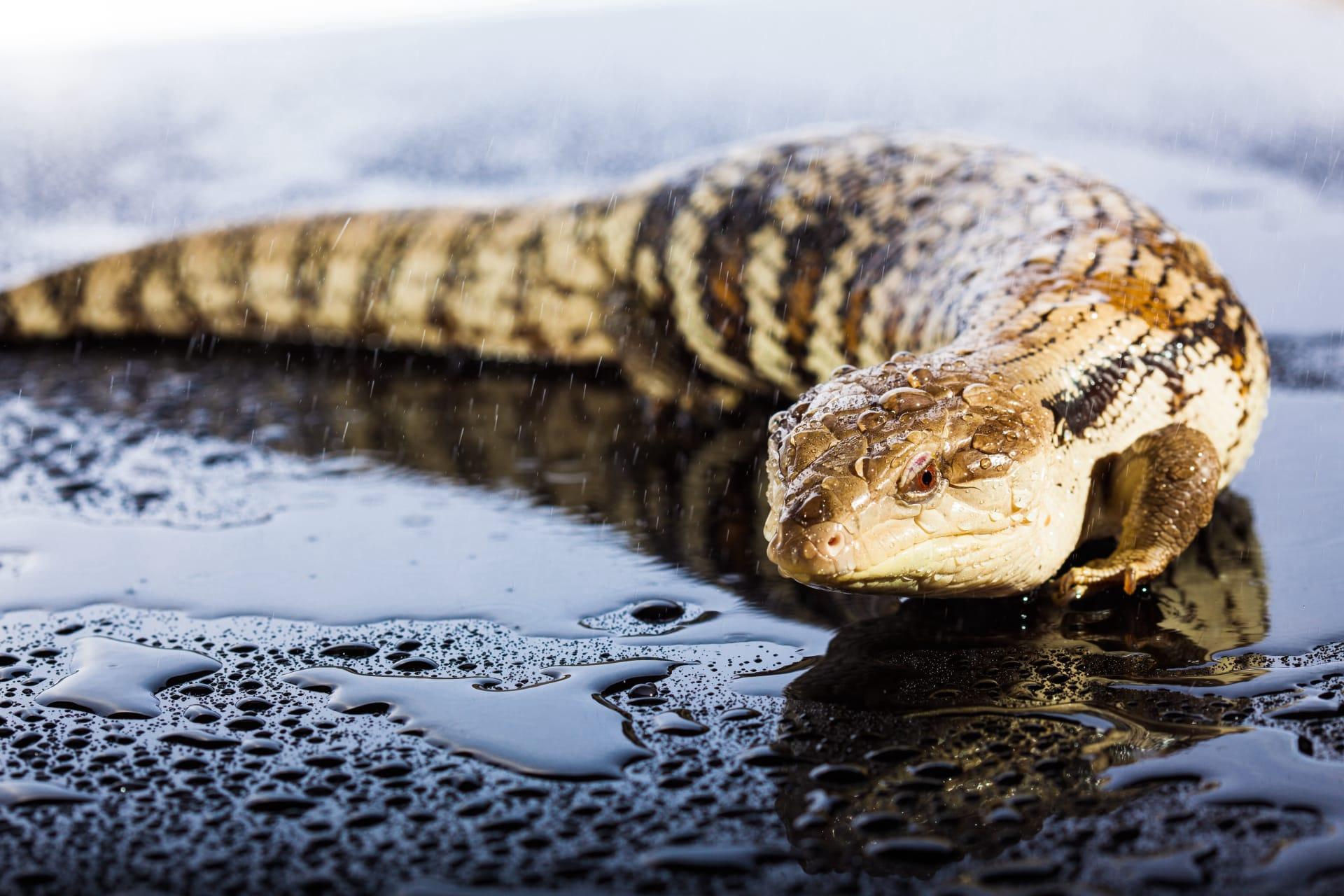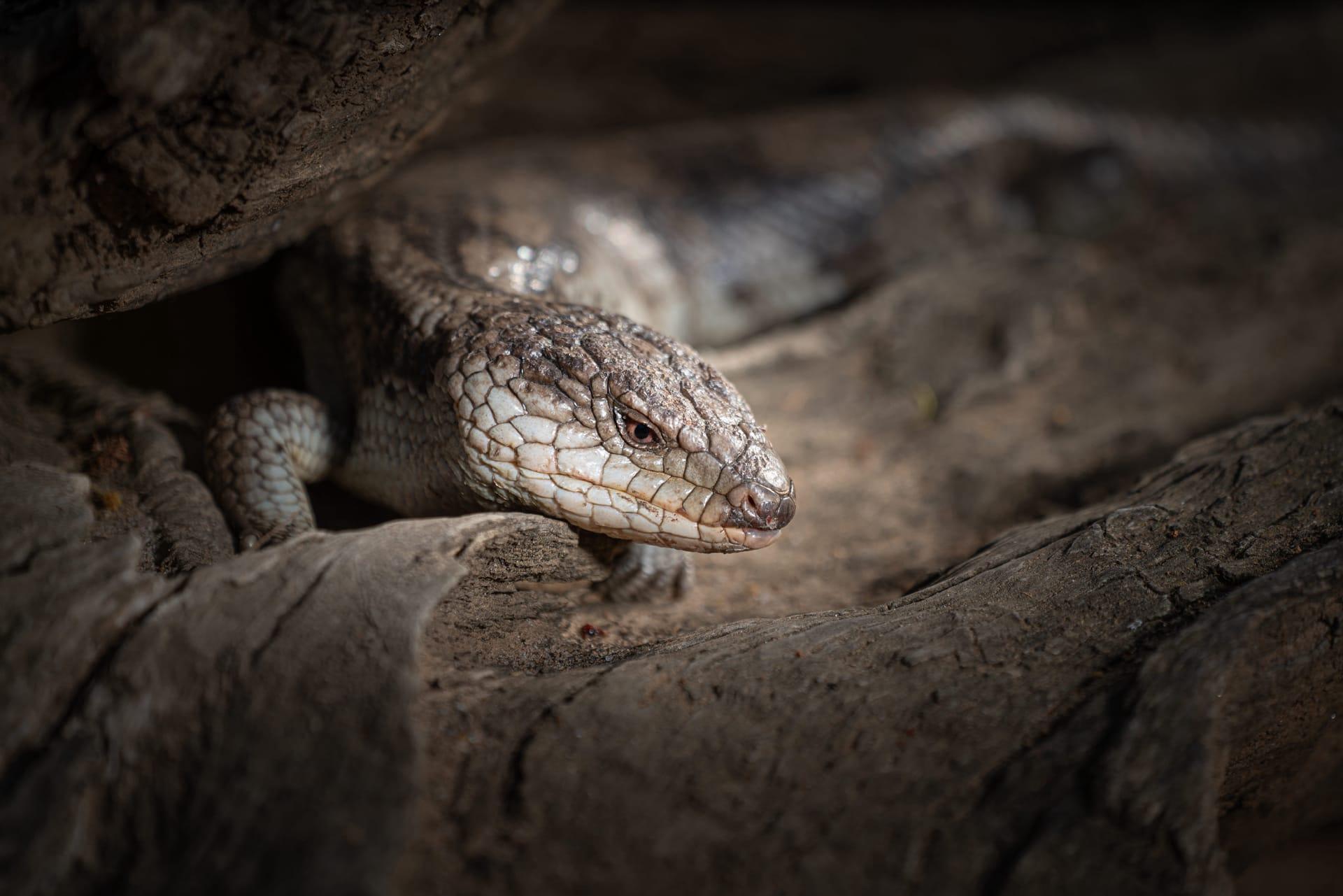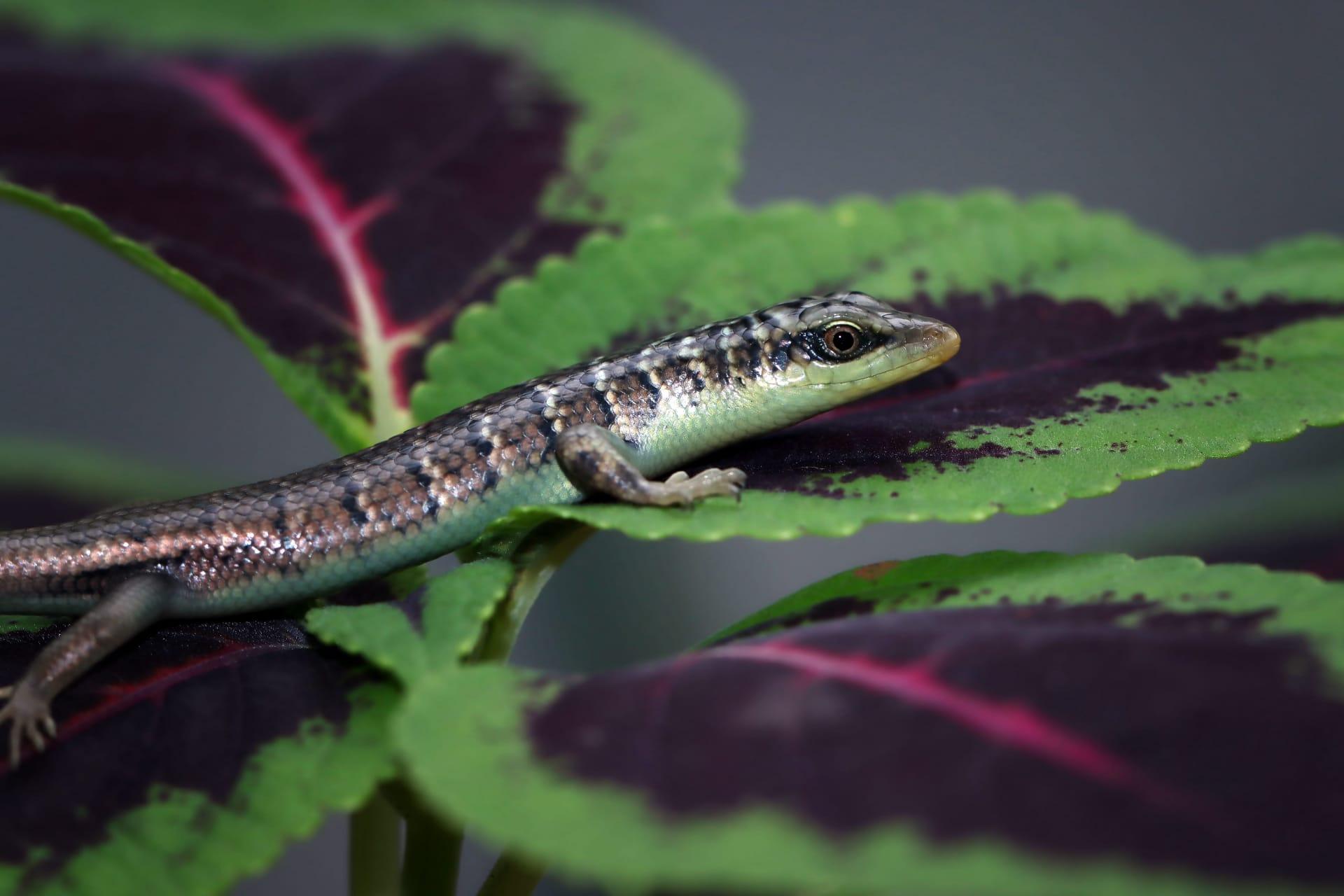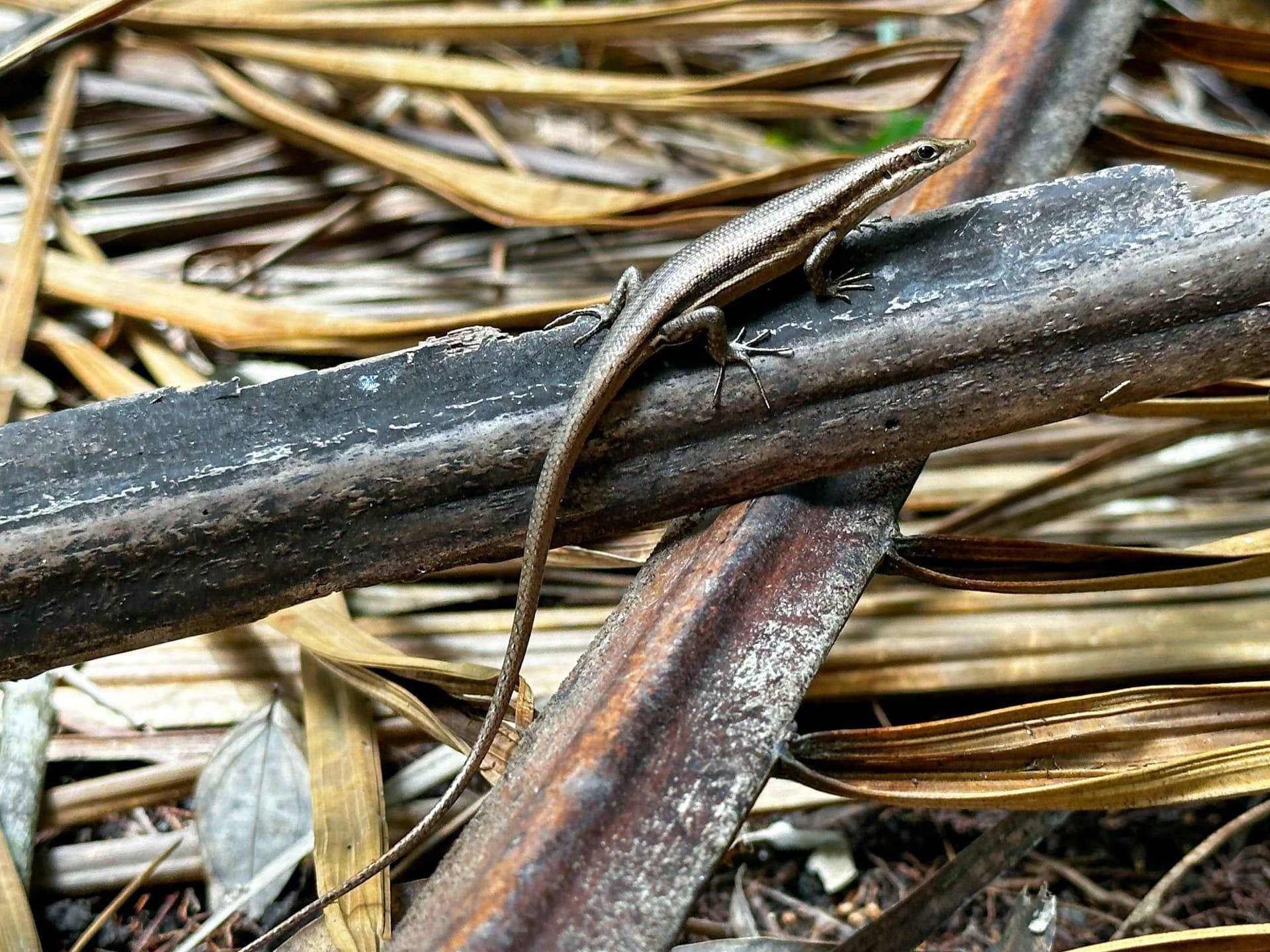1
Did you know that some skinks have a unique defense mechanism? When threatened, they can detach their tails, which continue to wriggle and distract predators. This process, known as autotomy, isn't just a simple break; it's a complex biological event. The tail has fracture planes at specific vertebrae, making it easier to break. And it's not a one-time deal – they can regrow their tails, although the new one might not be as long or as colorful as the original. The original tail can be up to 10 centimeters long, depending on the species, and the regrowth process can take several months.
Another fascinating aspect of skinks is their varied diets. While many lizard species are strictly insectivorous, skinks aren't so picky. Their diet can include fruits, vegetables, and small invertebrates. This dietary flexibility is a survival advantage, allowing them to thrive in diverse environments. For instance, the blue-tongued skink, a popular pet species, has been observed eating snails, which helps control garden pests. These skinks have strong, crushing jaws, enabling them to break open the snail shells with ease.

2
Skinks are also known for their distinctive birthing methods. Unlike many reptiles that lay eggs, some skink species give birth to live young. This adaptation is especially useful in cooler climates, where eggs might not survive. For example, the Solomon Island skink gives birth to fully developed young after a gestation period of about six to eight months, which is quite long for reptiles. The newborns are miniature versions of the adults and are independent from birth, fending for themselves immediately.
Interestingly, skinks have varying skin textures, which is quite unique in the reptile world. Their skin can range from smooth and shiny to rough and keeled. This diversity in skin texture is not just for show; it has practical purposes. For instance, skinks that live in arid, sandy environments often have smoother skin, which helps them slip into tight spaces and avoid predators. On the other hand, those in more vegetated areas might have keeled scales to provide better camouflage among leaves and bark.

3
Did you know that skinks are known for their remarkable speed and agility? Some species can run at speeds of up to 20 kilometers per hour, which is quite impressive for their size. This speed is crucial for escaping predators and catching prey. Their slender bodies and powerful legs enable them to make quick, darting movements, which can be a lifesaver in the wild.
Another interesting fact about skinks is their communication methods. While they are not known for being vocal, skinks use body language to communicate. They perform various displays, like bobbing their heads or waving their tails, to signal territory or attract mates. These visual signals are vital for their survival, as they help maintain social hierarchies and reduce physical confrontations.

4
Skinks have a wide range of eye colors, which is not just a cosmetic feature but also serves a purpose in their survival. For instance, some species have bright orange or red eyes, which can be intimidating to predators. These vibrant eye colors can also play a role in mating rituals, attracting potential partners. The intensity of the color can change with the skink's mood, health, and environmental conditions.
Their adaptability to various climates is another intriguing aspect of skinks. They are found on every continent except Antarctica, thriving in environments ranging from tropical rainforests to deserts. This adaptability is partly due to their ability to regulate their body temperature through basking in the sun or seeking shade. Skinks in colder regions have been known to brumate, a form of hibernation, during the coldest months.

5
Skinks have a unique relationship with their ecosystem, often playing a crucial role in pest control. By feeding on insects and other small invertebrates, they help maintain a balanced ecosystem. In gardens and farms, they can be beneficial in controlling populations of harmful insects and snails, reducing the need for pesticides.
Skinks exhibit a range of coloration and patterns across different species, making them a fascinating study for herpetologists. Some species display bright, vivid colors, while others have more subdued tones. These colors and patterns are not just for display; they provide essential camouflage, helping skinks blend into their natural habitats. For example, the African fire skink has a striking red and black pattern, which helps it hide among fallen leaves and branches in the forest floor.